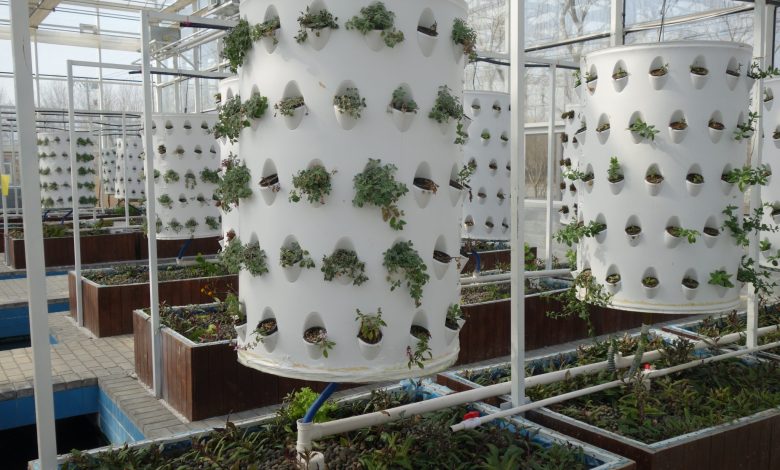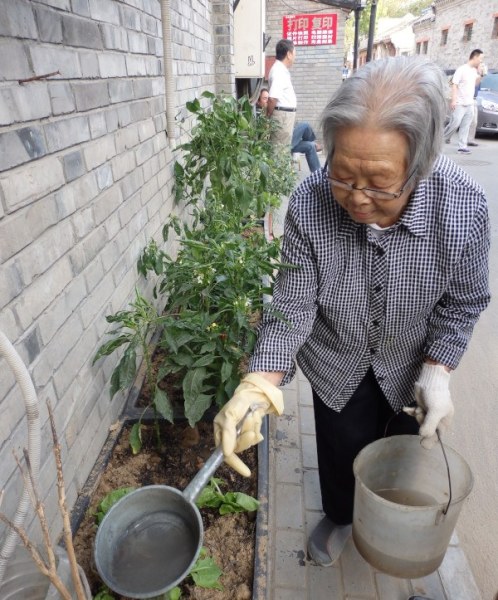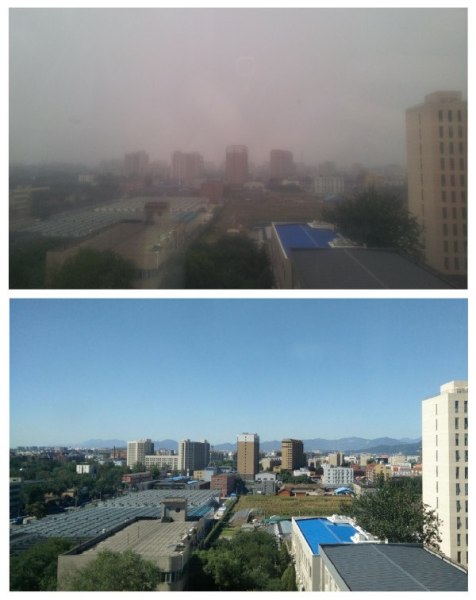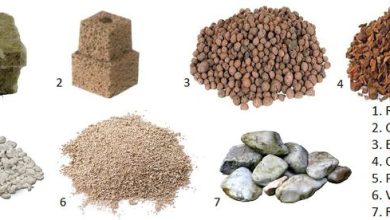Urban agriculture in China, why is it necessary?

I already told you a few weeks ago in the special post Orchards around the world in Agrohuerto that Álvaro and I will be living in Beijing for a few months. Taking advantage of our stay here, we will try to make a compilation of articles on Urban Agriculture in China, and what orchards or community gardens are like in cities like Beijing or Shanghai.
In this post I will try to bring you a little closer to the reality, the goals and the reason for the development in recent years of Urban Agriculture in China, also introducing some of the types of projects that are being carried out in this country.
Why is Urban Agriculture so important in China?
With almost 1.4 billion inhabitants, China is the most populous country in the world (20% of the world’s population resides in China alone). During almost all of its history, rural society has predominated over urban society, but in recent years there has been a massive exodus from the countryside to the cities.
Since 2011, the number of people living in cities exceeds the number of those living in the countryside, with cities as populated as Shanghai (almost 24 million people) or Beijing (approximately 20 million). But the overpopulation of cities has only just begun, and it is expected that in the next 15 years there will be 350 million more people living in them.
As you can imagine, the infrastructures of the cities must be prepared for the arrival of millions of people, and this is a great challenge. But, if we look further, not only space is a problem… Will it be possible to feed so many people?
Although we think that it will be possible to produce food for everyone, there is another question: if most of the crops are in the countryside or rural areas far from the cities … how much greater will the pollution be if millions of tons of food have to be transported daily? I prefer not to imagine the truth…
Pollution in Chinese cities is the biggest public health problem… To give you an idea, I’ll leave you with a couple of photos I took from my window on a polluted day and a day without pollution. Although the first photo may look like a cloudy or foggy day… believe me… it’s not! They are two photos taken at the same time and from the same place. The atmosphere here is very dry and when the wind doesn’t blow for several days or it doesn’t rain (and it doesn’t rain too much here…) a cloud of pollution invades the cities and the air becomes dark, heavy… for me it’s almost unbreathable, really.
Although the first photo may look like a cloudy or foggy day… believe me… it’s not! They are two photos taken at the same time and from the same place. The atmosphere here is very dry and when the wind doesn’t blow for several days or it doesn’t rain (and it doesn’t rain too much here…) a cloud of pollution invades the cities and the air becomes dark, heavy… for me it’s almost unbreathable, really.
Therefore, in addition to the multiple benefits of Urban Agriculture, in cities like Beijing the inclusion of orchards and green spaces is very interesting because it can help alleviate the problem of pollution: first, because more food would be produced and closer to consumers, thus reducing the carbon footprint and pollution from transport; and second because the vegetation helps to renew the air and mitigate the effects of pollution.
The Government, the scientific community and other institutions in this country have been aware of this for years and that is why there are more and more policies and projects that promote Urban Agriculture in China.
Urban Agriculture in China in broad strokes
We could differentiate several types of spaces with urban agriculture in China:
- Those that are promoted by the government: «agro-parks», environmental training centers, orchards in schools or training centers…
- Those that start thanks to organizations or groups. They are normally groups of people interested in urban agriculture as a leisure alternative or concerned about health and food quality. These spaces are something like the community gardens that we have in Spain.
- Those who start private companies or individuals. An example of this is the Qixin Ecological Garden (in the city of Tianjin) that I told you about in the linked post, or many other farms or peri-urban orchards that farmers also use as tourist attractions.

Photographing a small window garden in one of Beijing’s «Hutons»
- Those spaces (patios, roof terraces…) where ordinary people grow aromatic herbs, vegetables or other foods for consumption at home. Like the small «potted gardens» that we have seen in the «Hutons», very picturesque neighborhoods of Beijing.
Surely there are many more, this is only a first approximation of what Urban Agriculture is in China.
As the post would be very long, if that’s okay with you, I’ll leave some examples of these types of projects and green spaces where it is grown in the cities of China for the next one. You can see it in this link: Urban nature in China: much more than orchards.




![Photo of Aloe Ferox: [Cultivation, Care, Irrigation, Substrate, Pests and Diseases]](https://www.complete-gardening.com/wp-content/uploads/2022/08/aloe-ferox-cultivation-care-irrigation-substrate-pests-and-diseases-390x220.jpg)